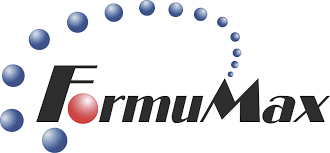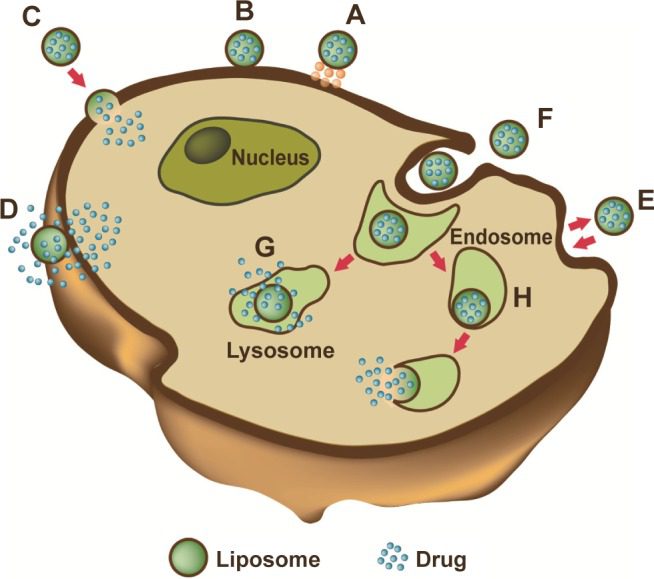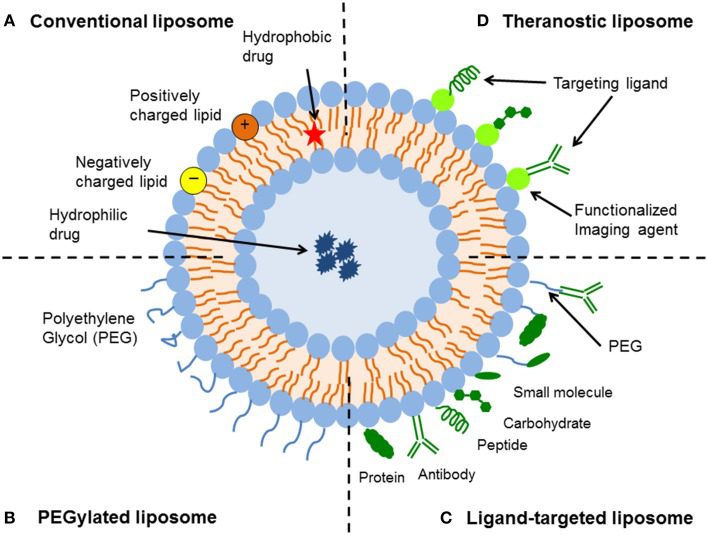Fluorescent liposomes, with their luminescent properties and biocompatibility, have thus become indispensable tools in cellular studies, offering invaluable insights into cellular processes and drug delivery mechanisms.
Advantages of Using Fluorescent Liposomes
Fluorescent liposomes offer several advantages in cellular studies, revolutionizing the way researchers investigate biological processes and develop therapeutics. Here are some of the key benefits:
- Real-Time Tracking: Fluorescent liposomes can be monitored in real-time as they interact with cells or cross biological barriers, providing immediate feedback on their behavior.
- Improved Visualization: The fluorescent markers within liposomes enhance visualization under a microscope, allowing for precise tracking and imaging of cellular processes.
- Targeted Drug Delivery: Liposomes mimic cell membranes, improving their ability to deliver drugs directly to targeted cells, reducing side effects and increasing drug efficacy.
- Versatility: Fluorescent liposomes can encapsulate both hydrophilic and hydrophobic substances, making them versatile carriers for various types of drugs.
- Biocompatibility and Reduced Toxicity: Liposomes are composed of biocompatible materials, reducing the risk of toxic reactions that may occur with other delivery systems.
The use of fluorescent liposomes thus presents immense opportunities for advancing our understanding of cellular behavior and improving therapeutic strategies.
Fluorescent Liposomes vs. Traditional Methods
Fluorescent liposomes present a considerable leap forward when compared to traditional methods in cellular studies, particularly in drug delivery and visualization of cellular processes.
Traditional methods often involve the direct administration of drugs or the use of non-specific carriers that lack targeted delivery. This can lead to suboptimal therapeutic effects and increased side effects. Fluorescent liposomes, on the other hand, can encapsulate and deliver drugs directly to the target cells, improving therapeutic efficacy while minimizing side effects.
In terms of visualization, traditional staining and imaging techniques can be invasive and may not provide real-time tracking of cellular processes. Conversely, fluorescent liposomes enable real-time observation and precise tracking of cellular interactions and biological barriers crossing due to their inherent luminescent properties.
Moreover, traditional methods may not provide the versatility that fluorescent liposomes offer. Liposomes can encapsulate both hydrophilic and hydrophobic substances, broadening the range of potential therapeutics.
In summary, fluorescent liposomes outperform traditional methods in several aspects, making them a superior tool in cellular studies and drug delivery research.
Future Prospects of Fluorescent Liposomes
Fluorescent liposomes hold immense potential in the future of biomedical research, promising to revolutionize our understanding of cellular processes and the development of novel therapeutics. However, it’s crucial to note that products such as those offered by FormuMax are intended solely for research purposes and are not designed for clinical or therapeutic use.
Targeted Drug Delivery: One of the most promising prospects of fluorescent liposomes lies in their potential for targeted drug delivery. By improving the specificity and efficacy of drug delivery, fluorescent liposomes could pave the way for more effective treatments with fewer side effects.
Improved Diagnostics: Fluorescent liposomes could also significantly improve diagnostic techniques. Their ability to detect changes in pH, temperature, and the presence of specific biomolecules offers vast potential for the development of advanced biosensors and diagnostic tools.
Personalized Medicine: The application of fluorescent liposomes in personalized medicine is another exciting prospect. They could be used to deliver personalized drug combinations, tailored to the patient’s unique genetic profile and disease state.
Neurological Research: The ability of fluorescent liposomes to cross the blood-brain barrier opens new avenues for neurological research. This could lead to breakthroughs in the treatment of brain diseases, such as Alzheimer’s and Parkinson’s.
Vaccine Development: In the field of immunology, fluorescent liposomes have shown potential as vaccine adjuvants, enhancing immune responses and improving vaccine efficacy.
In conclusion, while fluorescent liposomes have already revolutionized biomedical research, their future prospects are even more exciting. As we continue to explore their potential, fluorescent liposomes will undoubtedly continue to shape the future of medicine.


